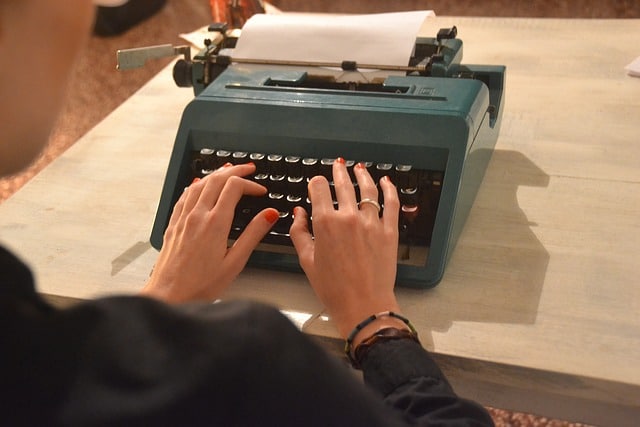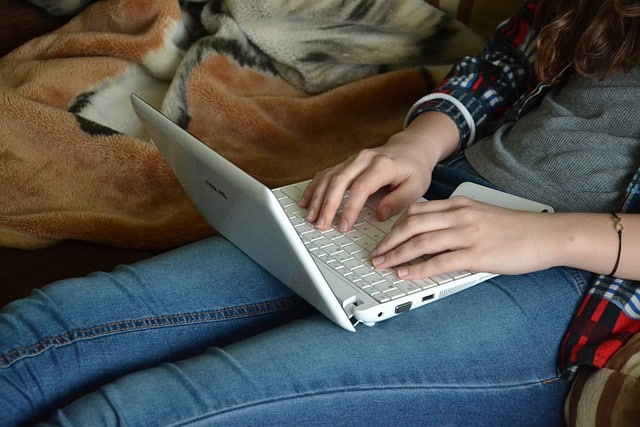
Typing is the technique applied when using a typewriter keyboard.
The notion of typing is used as a synonym for typing . Both terms refer to the technique developed when using the keyboard of a typewriter .
It is possible to distinguish between handwriting and typewriting . In the first case, the person must trace the characters manually, using a pencil, pen or similar element. Typing, on the other hand, is carried out with a keyboard : the subject must press keys so that the characters appear on paper or on a screen.
Typing, therefore, is linked to this second writing mechanism. For a long time the discipline was associated with typewriters, although over the years the technique was applied to computers (computers).
Characteristics of typing
The original typewriters were mechanical : when the person pressed a key, a mechanism was activated that printed the character on the paper through the ink that was applied to it. Then electric machines emerged and later computers, with which characters appear on a screen through a digital system . The configuration of the keyboards, in this framework, was not modified too much, so typing maintained its essence.
The position of the hands, the location of the fingers on the keyboard and body posture are some of the issues that typing analyzes to help an individual write quickly and correctly without having to look at the keys .
One of the benefits that typing has offered us since its beginnings is the possibility of writing at a considerably faster speed than with the manual method, without this affecting the clarity of the characters at all. This has always been very appropriate for corporate environments, where documents must be stored in files to be reviewed in the future, not always by the people who created them.

Typing is applied when writing on a computer.
Discipline today
It is important to note that there are currently various technologies that are used in combination with the basic notions of typing to enter text into an electronic device , and that not all of them are directly related nor could they replace this discipline completely. For example, the mouse is a peripheral used in computers primarily to interact with objects such as icons, form elements (such as buttons, drop-down lists, and sliders), and windows; However, it is also possible to use them to write on a virtual keyboard.
Although it is not normal to write a long text using the mouse exclusively, in certain contexts it can be very useful to increase security measures: when entering the control panel of a bank account, for example, it is common for a keyboard to appear on the screen to write our secret key, with the aim of combating automated control attempts by unauthorized users.
Typing is also complemented by voice recognition systems, which allow us to dictate words to the device so that it recognizes them and enters them wherever we want, whether it is a text document or a browser address bar; In this case we are dealing with a technology that can perfectly do without the use of the hands for writing, and in fact many people with health problems, such as osteoarthritis, take advantage of it.
Fingerprinting and typing
It should be noted that the term typing, which can still be used as a synonym for typing in certain areas, was actually obsolete.
After the changes that transformed this discipline , it moved further and further away from mechanical devices. For this reason, today typing is preferred.
